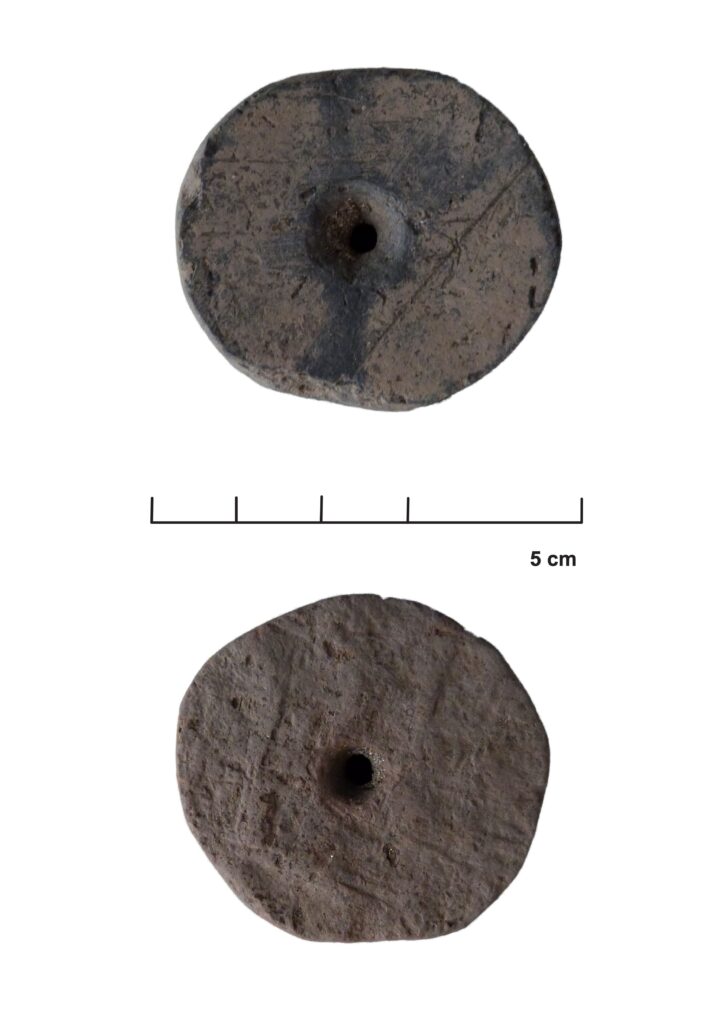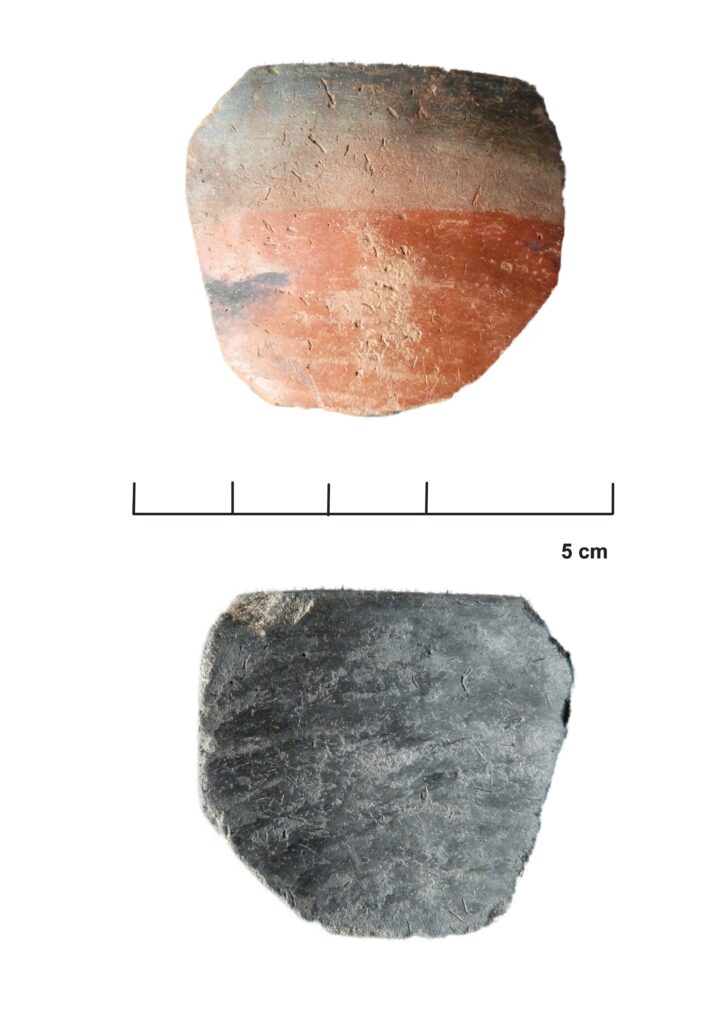Back in 2022, I attended a very nice workshop in Mainz: “Excavating the Extra-Ordinary 2. Challenges and merits of workings with small finds“. The proceedings of this event are now published and available in open access.
I am delighted that the book includes my contribution focusing on re-used sherds, presenting the case study from Sai Island.
I also address the question of lids – are these small finds? or pottery vessels? and how shall we deal with them? This also applies to some interesting findings in the MUAFS concession I have discussed earlier on this blog.
The main objective of my chapter in the Mainz volume, apart from advertising reused pottery sherds as extremely exciting (but also challenging) category of finds, was to highlight the concept of object biography and taskscapes which we apply to the Attab to Ferka region (Budka 2024).
I argue that reused ceramic sherds were chosen based on the colour, porosity, stability and hardness of the individual pieces which depend on the specific fabric (see Raedler 2007). Similar to the chaîne opératoire reconstructed by Kate Fulcher for painting materials from Amara West (Fulcher 2022) or by Giulia D’Ercole for pottery from the Middle Nile (D’Ercole 2024), the task of producing sherd tools can involve a number of different places, people and actions. The production process as well as the activities carried out with the newly created tool are well suited to consider tool kits and dynamics taskscapes in ancient landscapes and micro-contexts (for the concept of taskscape see Ingold 1993).
The technical choices are based on the cost (time and resources), availability and workability of the raw materials, in this case the fabric of the chosen sherd. The latter also determines the tools necessary for reworking a sherd (e.g., smoothing the edges or piercing the pottery). There are also important questions regarding what time of year the sherd tools would have been produced. Although most of the tools were most likely produced ad hoc, pottery making was probably mostly a seasonal activity. As such the making of sherd tools may also have been primarily carried out on a seasonal basis, in particular for tools used in pottery workshops.

Particularly interesting are tools from the New Kingdom town of Sai which were made from Nubian style vessels. For example, SAV1W 1671 is a circular sherd with a central perforation from a basketry impressed Nubian cooking pot, presumably used as a weight. Although, given the lightness of the material, this piece could have been a token rather than a weight. In many cases, we can also assume that reused sherds have multifunctional uses.

Another soft Nubian example for a sherd tool is the rim sherd of a Black-topped Kerma vessel, SAV1W 1533. This object fits nicely in the hand, and it is possible to get a good grip, thanks to the rim and the rather soft material. The burnished surface suggests it was more likely used as a spoon rather than as a scraper.
These are just a few examples to show how relevant reused sherds are for questions relating to everyday life and activities. Altogether, in order for reused sherds to contribute to a better understating of taskscapes in ancient Egypt and Nubia, these intriguing objects need to be studied in a more integrated way.
References
Budka 2024 = Budka, J., Processing Reused Pottery from Settlement Contexts in Egypt and Nubia: Challenges & Potential, in Kilian, Andrea, Pruß, Alexander und Zöller-Engelhardt, Monika (Hrsg.): Excating the Extra-Ordinary 2: Challenges & Merits of Working with Small Finds. Proceedings of the International Workshop at Johannes Gutenberg University Mainz, 25–26 November 2022, Heidelberg: Propylaeum, 2024, 83–124. https://doi.org/10.11588/propylaeum.1382.c19771
DʼErcole 2024 = D’Ercole, G., Material meanings, technology and cultural choices: Pottery production in Late Bronze Age Nubia, in: Budka, J./Lemos, R. (eds), Landscape and resource management in Bronze Age Nubia: Archaeological perspectives on the exploitation of natural resources and the circulation of commodities in the Middle Nile, Contributions to the Archaeology of Egypt, Nubia and the Levant 17, Wiesbaden 2024, 207-221
Fulcher 2022 = Fulcher, K., Painting Amara West: The technology and experience of colour in New Kingdom Nubia, British Museum Publications on Egypt and Sudan 13, Amara West Research Publications 1, Leuven 2022.
Ingold 1993 = Ingold, I., The temporality of the landscape, World Archaeology, 25(2), 1993, 152−174. Raedler 2007 = Raedler, C., Keramikschaber aus den Werkstätten der Ramses-Stadt, in: Pusch, E.B. (ed.), Die Keramik des Grabungsplatzes Q I. Teil 2: Schaber – Marken – Scherben, Hildesheim 2007, 9−266.
Raedler 2007 = Raedler, C., Keramikschaber aus den Werkstätten der Ramses-Stadt, in: Pusch, E.B. (ed.), Die Keramik des Grabungsplatzes Q I. Teil 2: Schaber – Marken – Scherben, Hildesheim 2007, 9−266.
